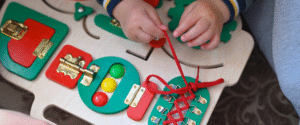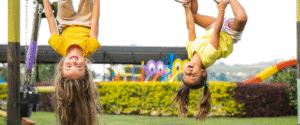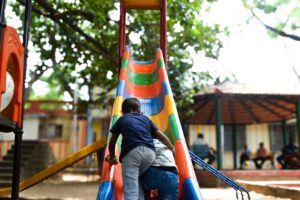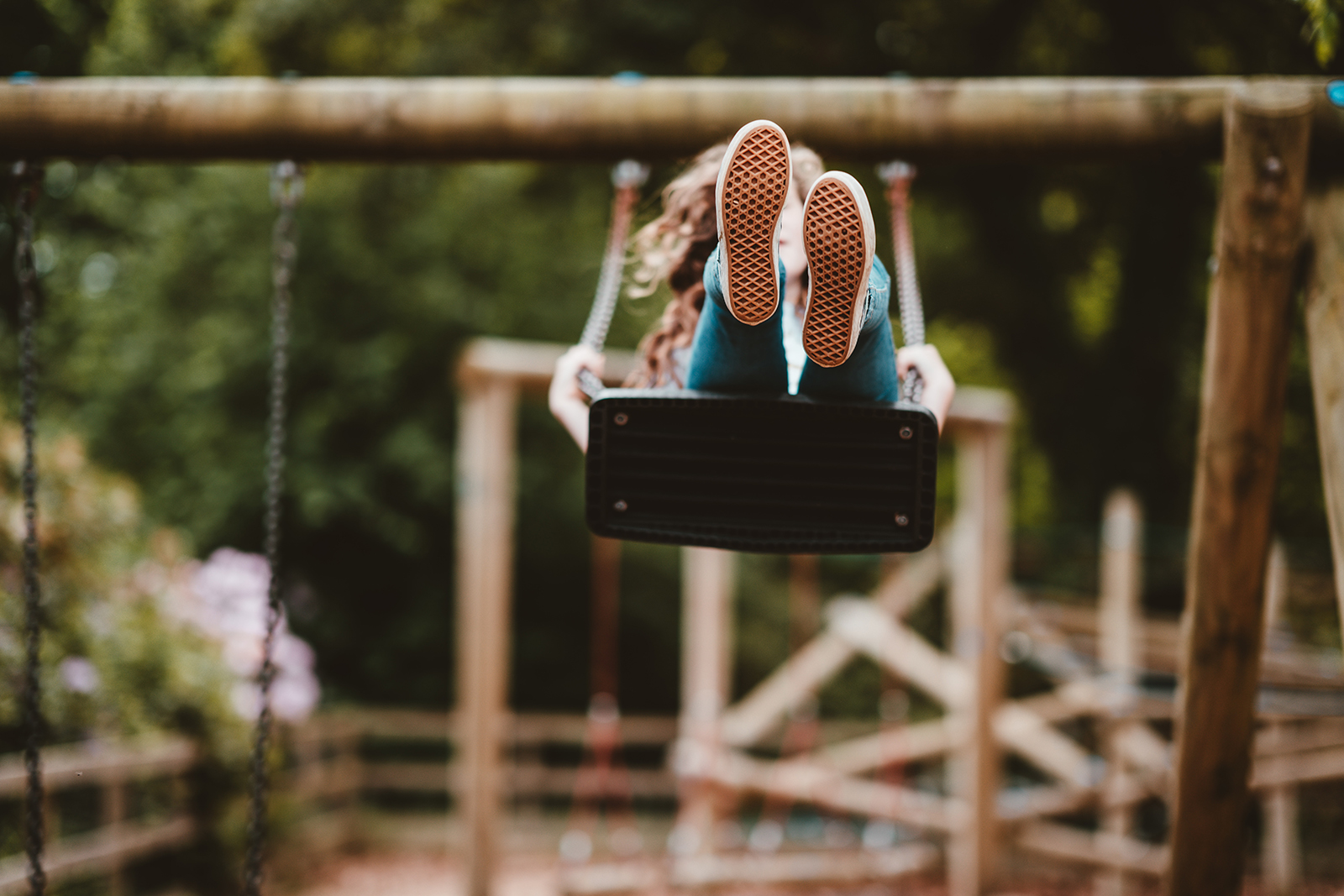
HANDWRITING AND CREATIVE WRITING FOR SELF-AWARENESS AND WELLBEING
There is nothing quite like putting pen to paper.
Handwriting is a skill that we are often introduced to prior to entering school. It is then further explored in early education, then over time we develop the ability to form more comprehensive cursive written text. As we enter our teenage years and tertiary education, we then progress to touch typing – with digital correspondence becoming our most prominent means of written communication.
We are taught to identify and draw shapes that lead into the pre-development of writing letters, and understand shape recognition of our letters to then write them. As Occupational Therapists it is our job to facilitate fine motor development, hand control and the strength needed to be able to achieve these handwriting skills, develop pre-requisites to handwriting and the correct letter formation. This occurs from capital letters to lower case to cursive writing in grades 3 and 4. We do this in conjunction with a child’s development and alongside the teachers in your child’s classroom.
The power of handwriting is something that we as OT’s stress the importance of. Hoping for it not to be lost in a technologically advancing world. The ability to draw shapes and practice drawing letters prior to school, is a more powerful form of letter recognition for development in reading and writing once transitioning into school (James & Engelhardt, 2012).This is a more profound use of skill acquisition and the attention to complex writing skills, compared to tracing over letters on paper or using apps to do on electronics (Berninger & Amtmann, 2003).
So, what else is handwriting powerful for?
Its power lies in a child or adult’s ability to to express themselves in written text! It can also be used as we get older as a creative outlet, a way to express ourselves without judgement, a way to work through our own personal experiences and emotions attached or further explore the process of different texts like short stories, plays and poetry. The power of putting pen to paper for written text has such profound positive effects on mood and well-being (Deveney & Lawson, 2022), yet despite all this evidence and documentation on creative handwriting on paper, it appears we are moving towards more technology based learning? So how does this further impact our children’s ability to attend to activities for longer, enhance their higher executive functioning skills of organisation, sequencing of an activity and expand their ongoing development and coordination of all skills together, such as cognitive, motor and neuromuscular?
I pose the question, what if writing is a creative outlet? A way to express ourselves without judgement, without rules, a way to make sense of our inner and outer world and enhance our wellbeing through body, mind and spirit. To declutter the mind and find truth, reasoning and intent behind our feelings and emotions. What if the very idea of escaping into an idea or fantasy prompts emotional regulation, self expression and a great understanding of oneself?
I say this as someone who has truly found the benefit of written text – predominately through journaling to make sense of the world around me. Growing up, written text, English and the pressure of being creative within a certain formula was extremely difficult for me. I would become anxious and overwhelmed by the expected requirements. Not to mention spelling, grammar and paragraph formation. It was like an automatic cognitive roadblock to my brain that impacted the way I would bring together my creative mind and my higher executive functioning skills.
Upon reflection growing up, these were all a part of my challenges academically and skills that certainly didn’t come to me overnight. In focusing on the finer details, I couldn’t be truly creative and use writing as a means to express myself and my emotions. I lacked self-regulation strategies, emotional awareness and that secure free outlet that I find today, in writing by hand in my diary.
Taking the pressure off my grammar, spelling and structure when writing has helped to truly clear the road blocks I experience when I have to write an important written text for business or for everyday life. Even more so, journaling and creative writing about my life helps to clear my mind, and allows me to prioritise my important tasks. Looking back, what I often wonder that if I had this opportunity to explore a sense of creativity without limitations as a child, how much more expressive and perhaps how significantly better off my cognitive and creative mind would have been then. Especially through my teenage years and the challenges that high school brings.
By using myself as an example, I hope that you can see just how important handwriting truly is as a means of self expression. Add to this colours, drawing, mind maps.. And your child’s development is greatly and positively impacted not just today but their years to come. Creative writing helps us gain perspective and channel different emotions.
So how do you use written language in your life and does it support your well being and mood when engaging? How do your children utilise written text in their life, and are you allowing space for creative and written language to express their emotions and work out different daily social contexts and events in order to help with their own personal development and awareness?
It might be time to put pen to paper and step away from the screen – for some creative expression.
References:
Berninger, V. W., & Amtmann, D. (2003). Preventing written expression disabilities through early and continuing assessment and intervention for handwriting and/or spelling problems: Research into practice. In H. L. Swanson, K. R. Harris, & S. Graham (Eds.), Handbook of learning disabilities (pp. 345–363). The Guilford Press.
Deveney, C & Lawson, P. 2022, Writing your way to well-being: An IPA analysis of the therapeutic effects of creative writing on mental health and the processing of emotional difficulties. Counselling & Psychotherapy Research, Vol 22, Issue 2.
James, K. H. & Engelhardt, L. 2012. The effects of handwriting experience on functional brain development in pre-literature children. Trends in Neuroscience and Education. Vol 1 Issue 1.
Until next time,
Jess
ORIGINALLY PUBLISHED JULY 5, 2022






